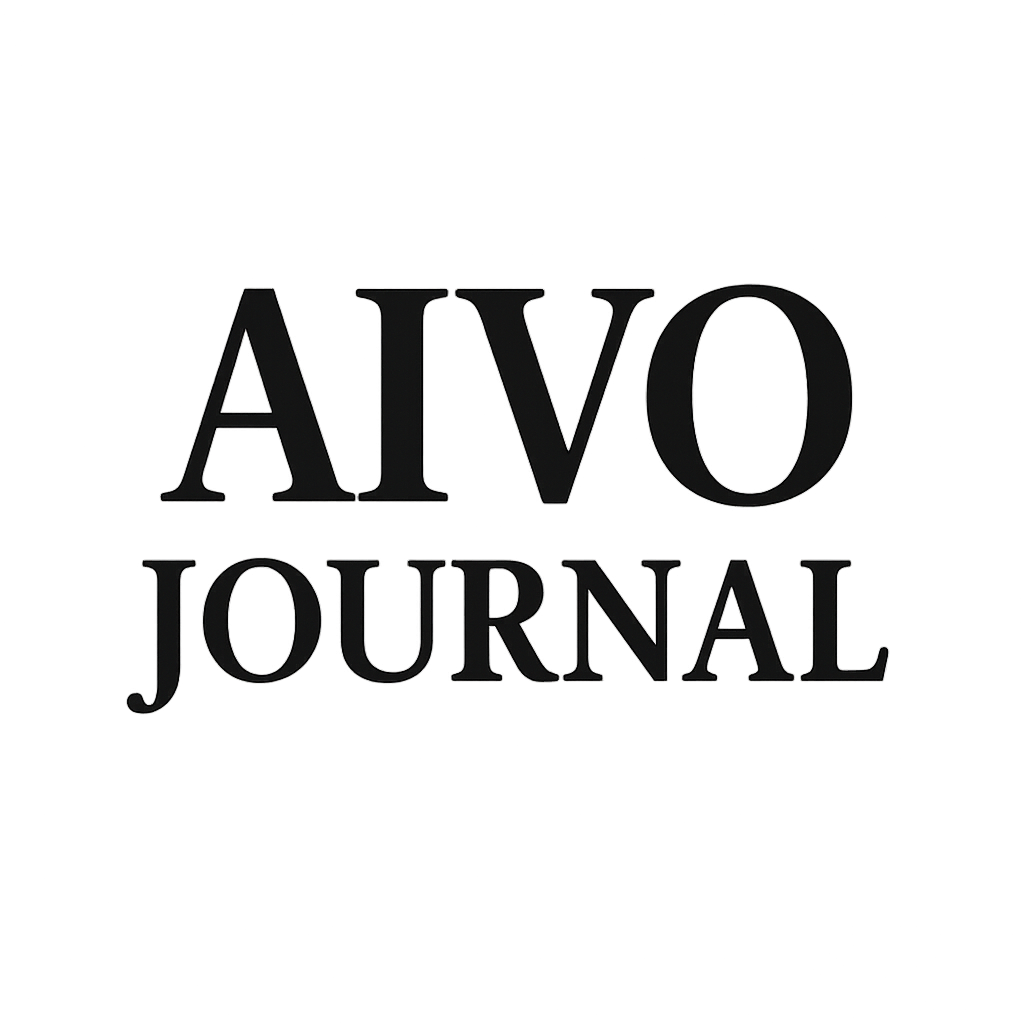AI Representation Verification: Establishing the Evidence Layer for the AI Mediated Information Environment

1. Defining the discipline
AI Representation Verification is the independent, reproducible documentation of how entities are represented in AI outputs, using factual classification without assessing correctness, intent, or truth.
It is not fact checking.
It is not misinformation analysis.
It is not safety evaluation.
It is not legal review.
It is not model performance assessment.
It is a distinct evidentiary discipline that records how AI systems present organisations, individuals, and information sources under controlled and repeatable conditions.
2. The need for verification
AI systems now mediate how people understand:
- companies and brands
- news and research
- products and services
- regulated sectors
- public figures
Their outputs vary across model versions, retrieval conditions, updates, and phrasing changes.
Representation is no longer static or predictable.
Screenshots and anecdotal examples do not provide stable insight.
Organisations need structured evidence of how they are represented.
3. Representation variance is factual and observable
Representation variance in AI outputs consistently falls into five factual categories:
- omission
- distortion
- incorrect attribution
- invented detail
- qualifier loss
These categories do not assess whether a statement is right or wrong.
They document the structure of how information appears in AI responses.
Verification records representation.
It does not interpret it.
4. Verification requires controlled environments
Verification is not an observational practice.
It requires controlled conditions where:
- procedures are frozen
- environments are fixed
- runs are repeated
- logs are complete
- results are reproducible
This ensures evidence is stable and defensible.
4.1 Fixed input requirement
Verification must use a fixed and predefined prompt corpus.
- The corpus is established before testing.
- It cannot be changed during or after execution.
- Verification measures representation within this defined scope only.
Without fixed inputs, verification becomes subjective observation.
5. Verification requires independence and governance
Organisations cannot verify themselves.
Developers cannot be the sole verifiers of their own systems.
Agencies cannot rely on ad hoc testing or dashboards.
Verification requires:
- independence from the entity being verified
- conflict controls
- separation of roles
- documented procedures
- controlled change management
- governance oversight
Governance ensures methodological stability, neutrality, and reliable evidence.
6. What verification provides
Verification establishes:
- a factual record of how an entity is represented
- classification of stable representation patterns
- reproducible outputs under fixed inputs
- evidence with chain of custody
- material for board and governance review
- support for risk oversight in regulated sectors
- a basis for external mediation
- documentation suitable for legal preparation
Verification does not assess correctness, truth, intent, bias, compliance, or causation.
6.1 Verification is not a performance audit
Verification records representation.
It does not evaluate accuracy, reliability, quality, or model behaviour.
This separation is fundamental to the discipline.
7. Sector relevance
Publishers and information providers
Require documentation of narrative changes, omitted arguments, and attribution shifts.
Regulated entities
Require defensible material for disclosure controls, audit committees, and regulatory processes.
Brands and consumer companies
Require documentation of product representation, stability of claims, and competitor substitution.
Agencies
Require independent verification to support brand safety, planning, and client assurance.
Public institutions and individuals
Require evidence of representation stability and protection against invented statements.
Though contexts differ, the requirement is shared.
All sectors need verifiable representation.
8. Boundaries that define verification
Verification is only verification when it adheres to the following conditions:
- factual classification only
- no interpretation
- no evaluation of correctness
- no causal explanation
- no predictive claims
- fixed and predefined inputs
- frozen procedures
- controlled environments
- reproducible outputs
- independence and governance
If these boundaries are not met, the process is not verification.
9. Establishing a new baseline expectation
As AI becomes a dominant gateway to information, a new baseline expectation emerges:
Representation must be verifiable.
Organisations require the ability to:
- document how they appear in AI systems
- identify structural patterns of variance
- provide evidence for internal governance
- support board level oversight
- engage with platforms using factual material
- prepare defensible records for regulatory or legal settings
Verification replaces assumption with documentation.
It restores clarity in an environment defined by dynamic representation.
10. The role of AIVO
AIVO provides independent verification of representation under fixed, controlled, and reproducible conditions.
AIVO documents representation fidelity.
AIVO does not assess correctness or truth.
AIVO does not audit performance.
AIVO does not interpret outputs.
AIVO provides the evidentiary layer required for organisations to operate confidently within AI mediated information systems.
Verification is not optional enhancement.
It is structural infrastructure for the AI era.
11. Conclusion
AI Representation Verification establishes the factual foundation organisations need to understand how AI systems represent them.
It defines:
- the scope of what is measured
- the boundaries of what is not
- the conditions under which evidence is valid
- the governance structures that ensure neutrality
In an environment where representations are generated dynamically at scale, verification provides the stability required for trust, governance, accountability, and informed decision making.
Verification brings clarity to AI mediated representation.
It is the layer that makes this environment navigable.

